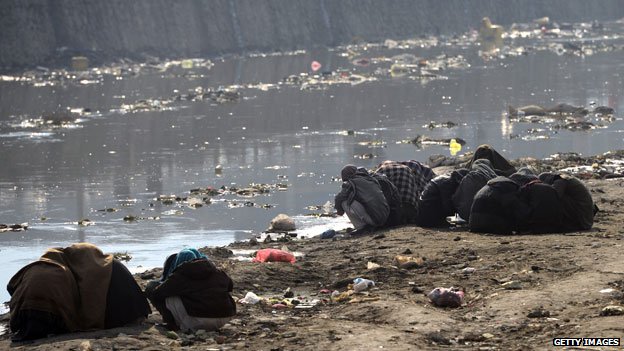Toro
Diamond Member
Good news. It appears that, like other commodities around the world, the price of opium is soaring. That's welcome relief to the hard hit economy of Afghanistan.

With production up 17% over last year, and global market share of 82%, Afghanistan is raking in their largest earner of foreign currency.
Source
Report

With production up 17% over last year, and global market share of 82%, Afghanistan is raking in their largest earner of foreign currency.
Source
Report


